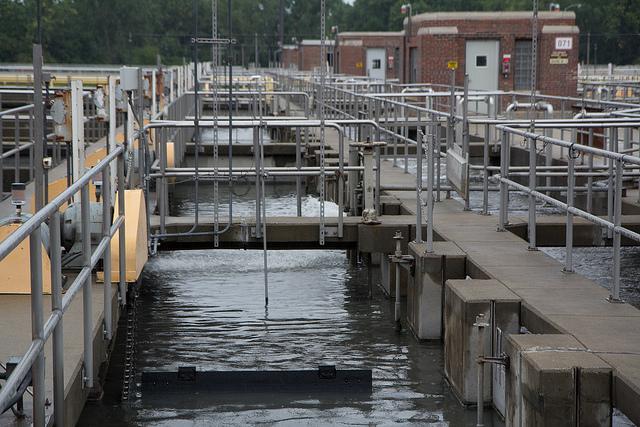Municipal Water Supply
Earth’s oceans and atmosphere are warming in response to the increased abundance of heat-trapping gases around our planet; scientists project that subsequent changes in the water cycle will challenge the reliability of water supplies in some areas. Increases in the intensity of rainfall, changes in the amount of precipitation that falls as rain versus snow, and earlier spring snowmelt are among the climate-related changes likely to affect the quality and quantity of some water supplies. Non-climate factors such as increased demand from growing populations and aging infrastructure can compound these issues, threatening the ample supply of clean, safe water and reliable wastewater services many Americans take for granted.
To ensure uninterrupted services into the future, water managers need to make infrastructure decisions long before the functions it will fulfill become necessary. Decisions to build reservoirs, purchase desalination equipment, or increase capacity to manage stormwater or wastewater can take a decade or more to implement, and the new infrastructure needs to remain viable for decades into the future. Water managers need access to the best available scientific information to support these high-risk decisions.
In day-to-day operations, some utilities draw water from multiple sources to serve their customers through the year. As climate changes, optimizing the use of supplies from different sources while meeting water-quality standards may present new challenges, even to veteran managers. Considering their range of water sources, status of infrastructure, and operational decisions and costs under changing conditions can help utilities continue serving their customers into the future.
Excerpted and adapted from the report Climate Change Impacts in the United States: The Third National Climate Assessment (Chapter 2: Our Changing Climate and Chapter 3: Water Resources) and the Water Resources/Climate Impacts and Adaptation Examples webpage published by the U.S. Environmental Protection Agency.


